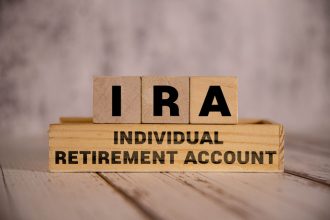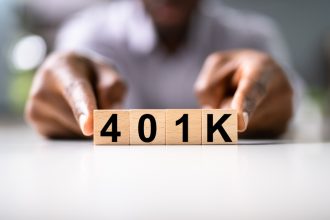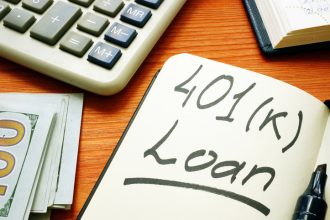When you sell a primary residence, the IRS allows you to exclude from your capital gains taxes the first $250,000 of profits if you file single or $500,000 of profits if you file jointly. You must include any surplus of those amounts in your taxable capital gains for the year, though. So, what if you sell your house for an $800,000 profit? You will probably owe taxes on a good portion of that sale, although you’ll get a significant tax break in the process.
How Capital Gains Work on a Home Sale
When you sell any asset, including anything from real estate to investments to personal property, the profits are considered capital gains. The IRS calculates those profits as the following:
Sale Price – Tax Basis = Taxable Capital Gains
The sale price is whatever amount you received for selling the property, and the tax basis is the amount of capital you have invested in the underlying asset. For real estate, this generally includes:
- The price paid to buy it, including legal fees, title insurance and costs of setting up necessary services like utilities
- Costs of improvements and upgrades to the building or property (generally considered any costs that improve the property or extend its lifespan)
- Some costs involved with selling the property, including realtor’s fees, advertising and costs involved with showing the property
However, this generally does not include property taxes, financing or interest costs, costs of use and occupancy and necessary maintenance.
So, for example, say that you buy a house for $500,000. You then have the following hypothetical expenses:
- $40,000 of mortgage interest
- $25,000 to remodel the kitchen
- $10,000 to install a new boiler when the old one breaks
- $6,000 to repair a weak point in the roof
If you now sell the house, your cost basis would be $535,000, as the home cost you $500,000 and the kitchen and boiler both count as upgrades to the property ($25,000, plus $10,000). Even though the old boiler was broken, by installing a new one rather than repairing the old it counts as an update.
Your financing costs do not count, nor do the necessary repairs you made to the roof. Repairs are considered costs to maintain the property’s existing value rather than upgrades to improve the property’s value.
If, down the road, you then sell the house for $700,000, you would have $165,000 of potentially taxable capital gains ($700,000 – $535,000 = $165,000).
What Is the Home Sale Exclusion?

When you sell a primary residence, the IRS allows you to take a home sale exclusion, otherwise known as a Section 121 exclusion. Under this rule, you can exclude a certain amount of primary residence sale profits from your taxable capital gains. For single filers, this number is $250,000, and for joint filers, it’s $500,000.
You must meet certain conditions in order to claim this exclusion. Most notably:
- You must have owned the home for 24 of the last 60 months (can be nonconsecutive)
- You must have used the home as your primary residence for 24 of the last 60 months (can be nonconsecutive)
- You must not have claimed the home ownership exclusion in the past two years
Individuals who meet these conditions can first eliminate the exclusion amount from their home sale profits, then include any remainder in their taxable capital gains for the year. Individuals who do not meet these conditions must include all of their profits from the sale of the property in their taxable capital gains for the year.
So, for example, say that you have sold your house and netted $800,000 after accounting for the property’s tax basis. Here’s how you’d break this down:
- If your home does not qualify for the Section 121 exclusion, you have taxable capital gains of $800,000.
- If your home does qualify for the Section 121 exclusion, you have taxable capital gains of either $550,000 as a single filer ($800,000 – $250,000 = $550,000) or $300,000 as a joint filer ($800,000 – $500,000 = $300,000)
The advantage of the home sale exclusion is that it’s simple and offers a considerable amount. Most households will be able to avoid taxes on much or all of the profits from the sale of their home under this law, and the rules are very straightforward.
Bottom Line
When you sell your home, you can take a $250,000 (single) or $500,000 (joint) exclusion from your capital gains. After that, you must pay taxes on any remaining profit from the sale. This is a significant and straightforward tax break, but it will mean at least some taxes for especially high-profit sales.
Home Sale Tips
- A financial advisor can help you build a comprehensive retirement plan that could include downsizing. Finding a financial advisor doesn’t have to be hard. SmartAsset’s free tool matches you with up to three vetted financial advisors who serve your area, and you can have a free introductory call with your advisor matches to decide which one you feel is right for you. If you’re ready to find an advisor who can help you achieve your financial goals, get started now.
- For many households, their house is their single most valuable asset. That can be a very good thing, since you might literally be sitting on a strong retirement plan, but it also requires careful management. If you are thinking about selling your house, consider these steps to make sure you do it carefully.
©iStock.com/andresr, ©iStock.com/twinsterphoto
Read the full article here














